When summer arrives, everyone scrambles to get their tan on. But which method of tanning is best for you? Numerous tanning methods are either loved or despised for various reasons these days. When choosing the best tanning method for you, safety, time, and effectiveness are important considerations.
In this article, you’ll learn about various tanning methods, as well as about tanning beds and the factors that influence tanning prices. To find an excellent tanning salon or tanning expert in your area, check out the recommendations at the end of this video!
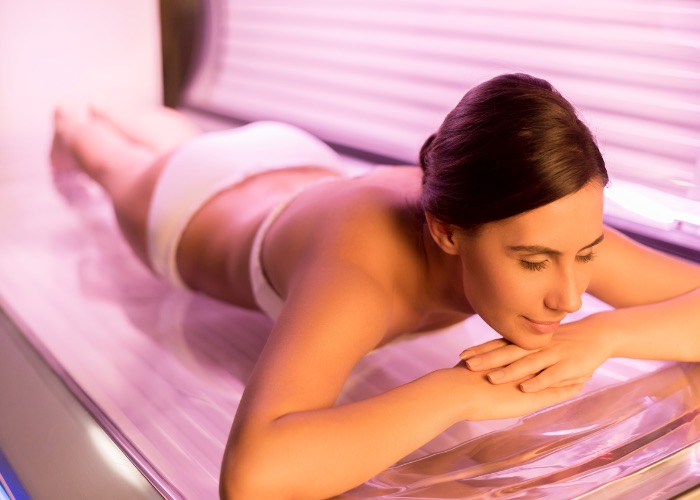
What is Tanning?
Tanning is referred to as turning your skin to a darker shade of brown. Exposure to ultraviolet (UV) radiation, which can come from the sun or tanning beds, is what generates a tan. This radiation causes genetic damage to the cells that make up the outermost layer of your skin. Your skin tries to protect itself from additional damage by creating melanin, the pigment responsible for our natural skin tone. Melanin causes the skin to darken, which we refer to as tanning.
So in a natural sun tan, the sun’s ultraviolet rays play the primary role in the natural process of skin darkening. If you want a sunless or artificial form of tanning, you can get it by going to a tanning salon near you. There are several methods for sunless tanning. Aside from DHA-based strainers and tanning booths, the most common artificial tanning methods in salons are cosmetic tanning lotions, oil, gel, and sprays. Spray tanning is commonly used in tanning salons to achieve a darker skin tone. A colorless chemical is sprayed on your body during this procedure, and when it reacts with your skin’s outermost layer, it produces the desired tanned appearance.
Investing in a few tanning sessions at a local center or spa known for having high-quality tanning beds for clients is likely to be the most convenient and comfortable approach to achieving an attractive tan.
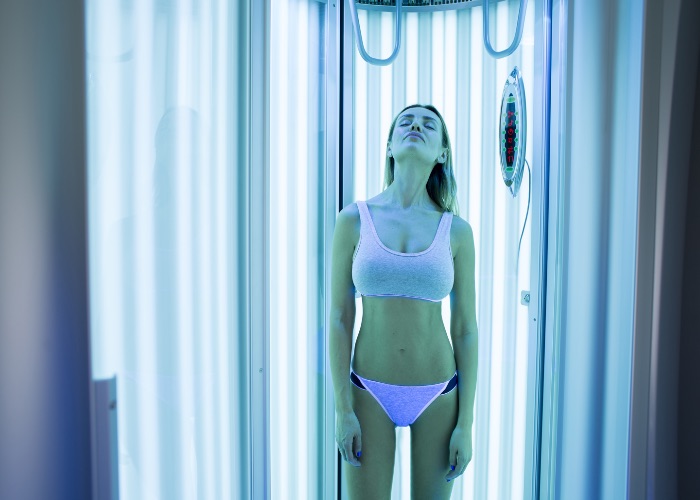
Are there various tanning beds to choose from in the tanning salon?
There are three varieties of tanning beds: base beds, stand-up beds, and high-pressure beds, with prices ranging depending on the type. The cost of high-pressure tanning beds is more than other types because of the additional equipment required. Base beds are the type that is most commonly found in homes since they are more than capable of carrying out the tanning effects with no need for special settings. Stand-up tanning beds are the right solution for those who are claustrophobic or have back problems.

Is using a tanning bed safe?
There is no such thing as a healthy tan, and there never has been. The darkening of your skin due to an increase in melanin is actually an indication of skin injury.
Skin produces more melanin to shield itself from additional harm after being exposed to ultraviolet light. Hair, eyes, and skin all contain melanin, the same pigment. Your skin’s color may darken during the next 48 hours due to an increase in melanin. Even with your first tan, you’re putting yourself at risk for skin harm. A person’s risk of developing skin cancer rises with each subsequent tan.
Tanning indoors is similarly unsafe. Tanning beds aren’t a good substitute for natural sunshine because they actually increase the risk of skin cancer.
A tan can harm any type of skin, regardless of its pigmentation or underlying structure. Skin cancer and accelerated aging can occur even if you have fair skin since sunbathing damages DNA, which can lead to these conditions. According to the available data, tanning appears to raise your risk of skin cancer significantly. A tan does not provide any protection against sunburn or other skin harm, despite what many people believe. Tanned skin’s additional melanin provides an SPF of 2 to 4, which is significantly below the minimum SPF of 15 that is advised.
A spray or self-tanner is probably the only safe method of tanning. These products and sprays are generally safe and approved by the FDA. Instead of harming the skin from within like UV rays, these cosmetics simply cover the top layer.
Depending on the product, you may expect your fake tan to last anywhere from a few days to a week. You can try exfoliating your skin before tanning for a longer-lasting tan.
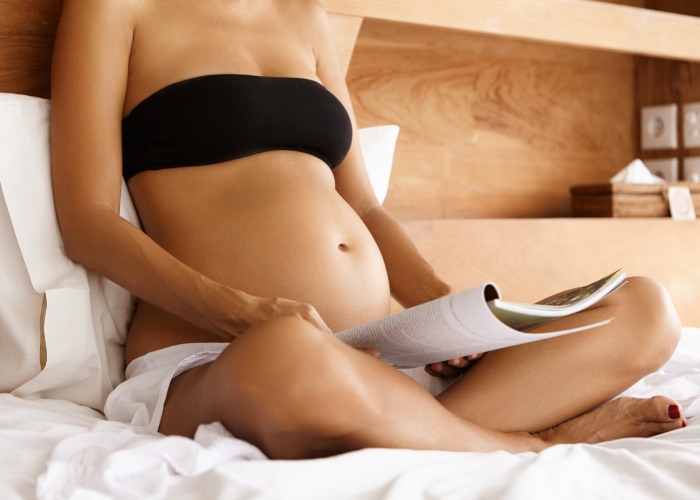
Is it safe to use a tanning bed when pregnant?
Pregnant women and their unborn children are not at risk from tanning because no scientific evidence supports this claim. However, it’s possible that pregnancy makes your skin more sensitive, in which case even an artificial tan can irritate your skin. Tanning beds may raise your core body temperature, which could have an effect on your unborn child.
Tanning on a small area of skin is the best approach to see if you can handle the process while pregnant.
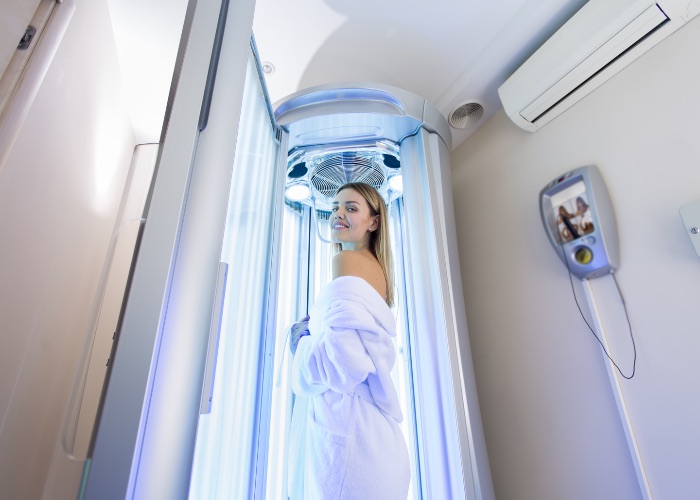
How much does Tanning cost?
The price of a spray tan in a salon or spa might vary widely. The type of tanning technique you select will significantly impact the price you pay.
For instance, Tan sessions in tanning beds might cost as little as $5 for 10 minutes. If you want a darker tan, you’ll have to pay more for the same one, which could range anywhere from $5 to $25. However, spray tanning salons can cost anywhere from $15 to $40 per session, depending on the brand.
The most advanced tanning method, airbrush tanning, will set you back anywhere from $25 to $150.
The price difference between airbrush tans is mainly due to the quality of the ingredients used in the process. You can save money on tanning by taking advantage of special deals and packages offered by your local tanning clinics. Memberships at tanning clinics are sometimes available, allowing you to save money on your tanning sessions while still getting the same great results.
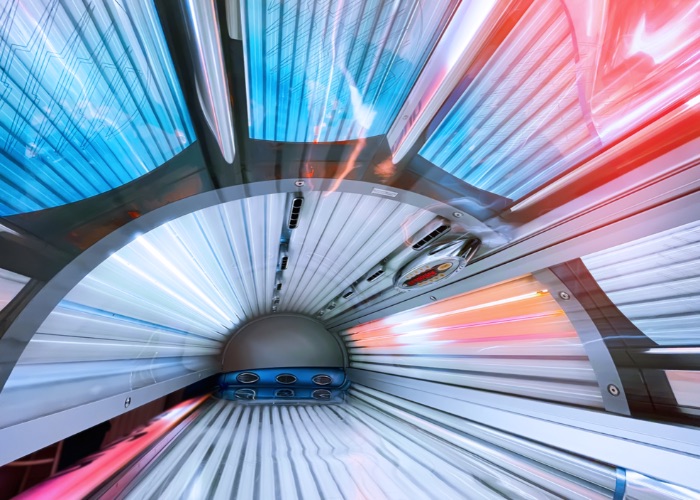
Frequently Asked Questions:
- Can tanning cause skin cancer?
A higher risk of all types of skin cancer has been seen in people who use tanning beds. If you go to the tanning bed four times, there is a possibility that your risk will increase by as much as 15%. There is a 75% greater chance of acquiring melanoma from only one indoor tanning session before the age of 35, according to the Skin Cancer Foundation.
- Why am I not getting darker in the tanning bed?
A tanning plateau could be what you’re facing. Everyone has a limit to how much darker they can go; however, if you want to try to get darker than your present shade, it is recommended that you rotate the types of tanning beds that you use every few sessions.
- Are tanning beds safer than the sun?
In reality, tanning beds are even worse than sleeping out in the sun. Because UVA rays penetrate deeper into the skin, getting a tan in a tanning bed increases your risk of skin cancer. UVA radiation have also been related to an increased incidence of leukemia and lymphoma.
- Can you wear clothes after tanning lotion?
Wait until the self-tanning product has dried completely before attempting to put on any clothing after it has been successful. We recommend drying for at least 10 minutes, but be sure to keep an eye on trouble spots like the underarms and below the knees.
Where to get tanning near me (Toronto, Vancouver, Calgary, Edmonton, …)
In this article, we attempted to explain several tanning methods and their specifics. Hopefully, you’ve learned enough about tanning in this video so that you can make a well-informed decision for your skin’s health.
Beautster makes it easy to find tanning professionals and tanning salons in your area who are experienced in darkening your skin to the color you choose.
To ensure your safety and enjoy the gorgeous skin of your dreams, click on the link in the description to see some client images, check their schedule, and book a tanning session immediately!